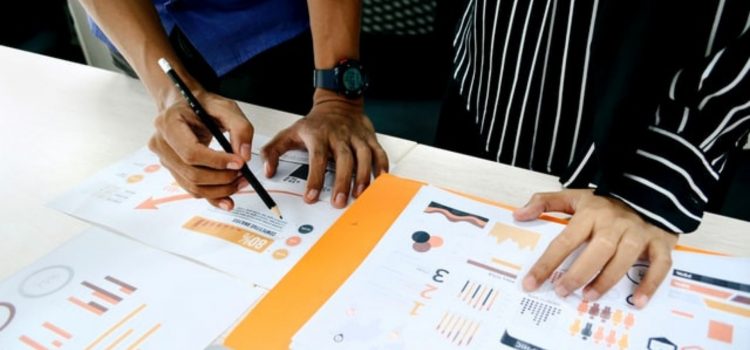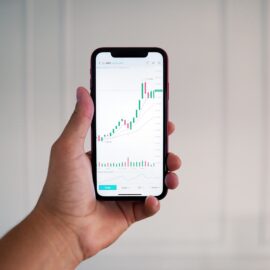

This article is an excerpt from the Shortform book guide to "Business Model Generation" by Alexander Osterwalder and Yves Pigneur. Shortform has the world's best summaries and analyses of books you should be reading.
Like this article? Sign up for a free trial here .
What resources does your business deploy to create and deliver value to customers? What are the four main categories of a business’s key resources?
Businesses’ key resources will typically fall into four categories: material, monetary, intellectual, and human. Typically, companies first identify the required resources to manufacture and distribute their services to customers. But there is an alternative way: some businesses use their resource limitations to inspire innovation.
Keep reading to learn about Business Model Canvas’s key resources strategy.
Business Key Resources
Before you launch your business, it is important to define what resources you need to create and deliver your products and services to your customer.
In Business Model Canvas, “Key Resources” is the fifth element of Osterwalder and Pigneur’s business model framework.
According to the authors, you can own, lease, or acquire the resources you need. All resources fall into the following categories:
- Material: raw materials, buildings, factories, vehicles, and machinery
- Monetary: cash, credit, and stock options
- Intellectual: brand equity, copyrights, patents, and knowledge databases
- Human: experienced staff members and specialists
Southwest Airlines
Osterwalder and Pigneur suggest that you identify what resources you need to deliver your products and services—this method often highlights the need to acquire more resources before you can move forward with your business model. However, some businesses approach this in reverse: They use their resource limitations to inspire product and service innovations.
For example, Southwest Airlines once had to sell one of their planes to avoid filing for bankruptcy. Instead of seeking additional resources, they confronted this new constraint (limited funds and limited planes) and sought a way to maintain their existing routes with fewer resources. Their shift in focus from “How can we get more resources?” to “How can we optimize our current resources?” led them to make changes that drastically improved their flight boarding processes.
Southwest Airlines used its resource constraints to reposition its offering, differentiate itself from competitors, and become one of the most profitable airlines in the industry. This example emphasizes that you can create as much value from focusing on your resource limitations, as you can from acquiring new resources.

———End of Preview———
Like what you just read? Read the rest of the world's best book summary and analysis of Alexander Osterwalder and Yves Pigneur's "Business Model Generation" at Shortform .
Here's what you'll find in our full Business Model Generation summary :
- The nine elements that make up any successful business model
- Different ways you can combine these elements to create business model patterns
- Techniques you can use to generate innovative ideas






